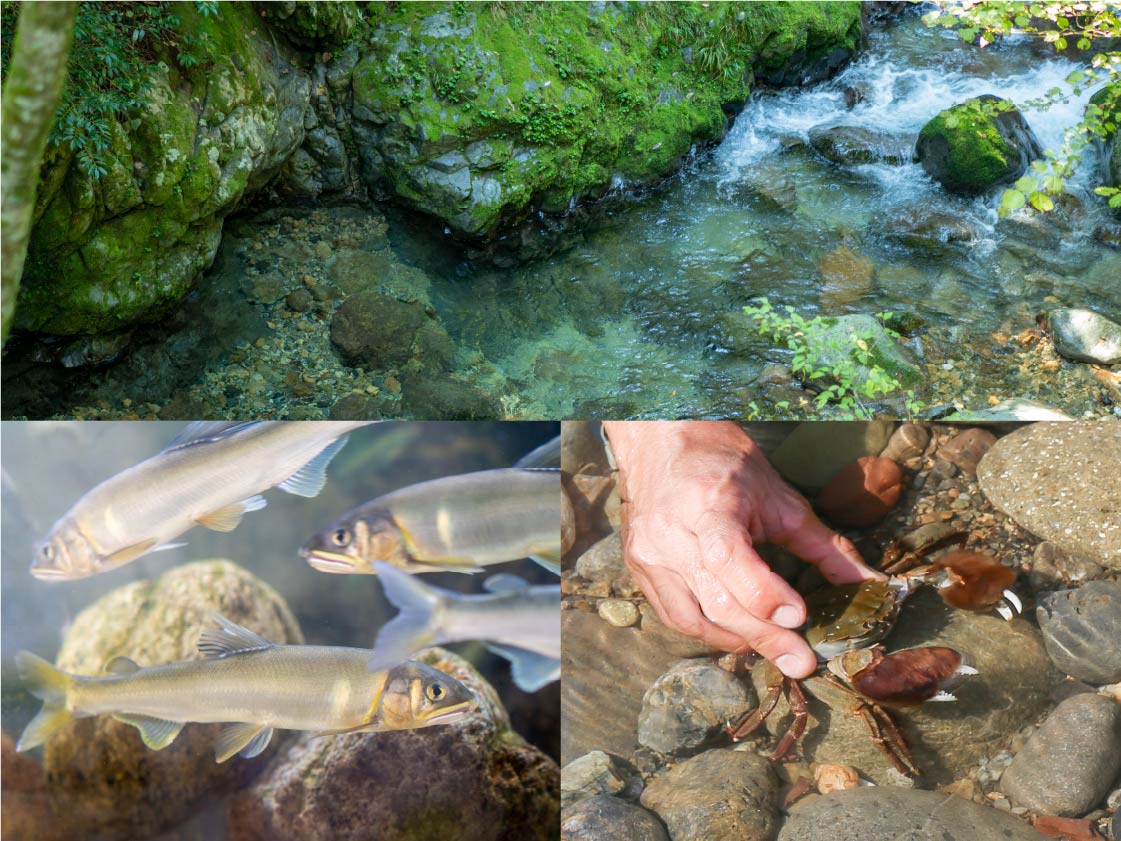GIAHS “Ayu of the Nagara River System”
- About Nagara River
- Well-loved Ayu Fish
- Various Creatures Living in the Clear Stream
- River Fisherman
- People's lives nurtured by the river
- The Future of Forests, Rivers and People
-
GIAHS “Ayu of the Nagara River System”
Various Creatures Living in the Clear Stream
In addition to ayu, the area is home to a great deal of biodiversity, including the Pacific salmon, Japanese mitten crabs, the giant salamander (a special natural treasure), and the catfish (a natural treasure).
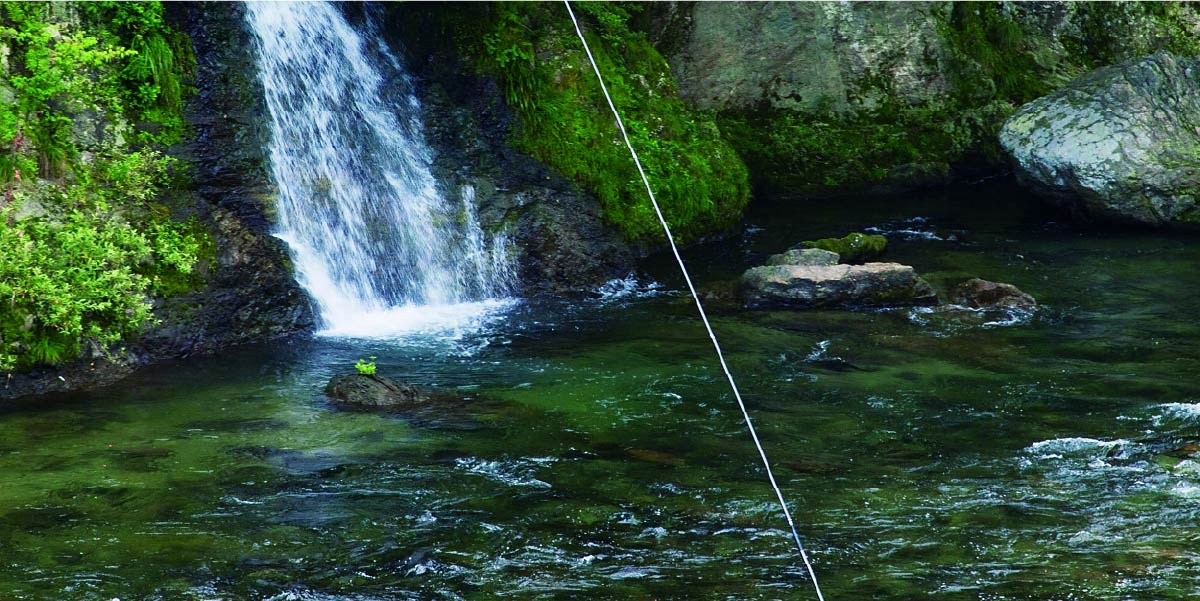
-
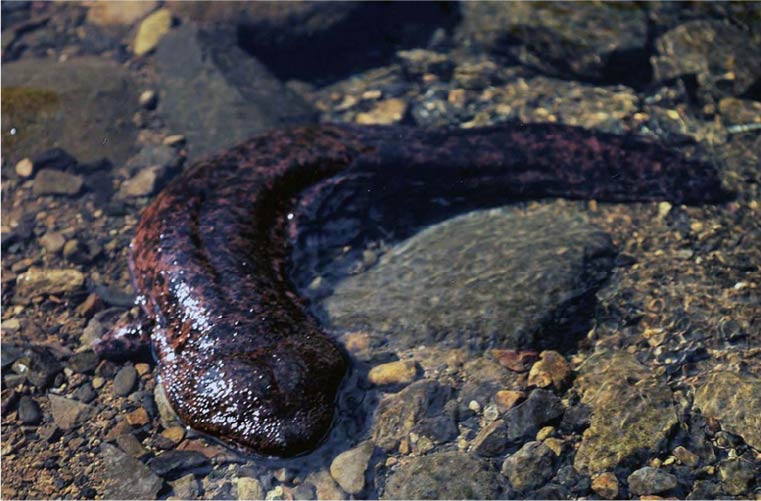
Japanese giant salamander
-
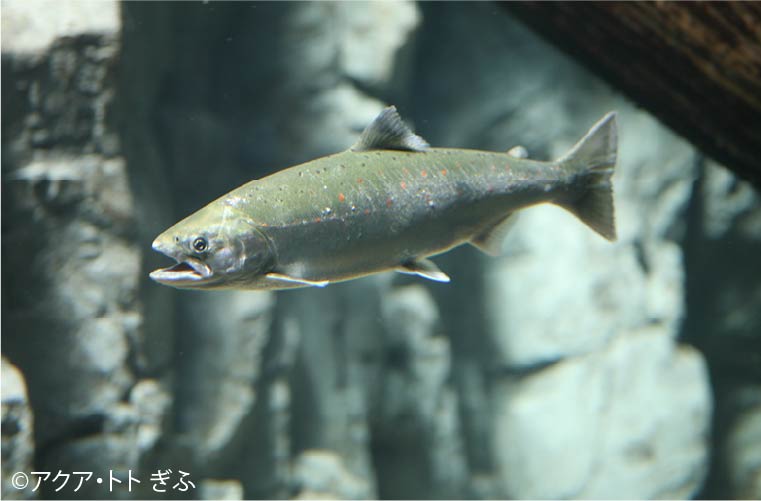
Redspotted masu trout
-

Japanese mitten crab
-
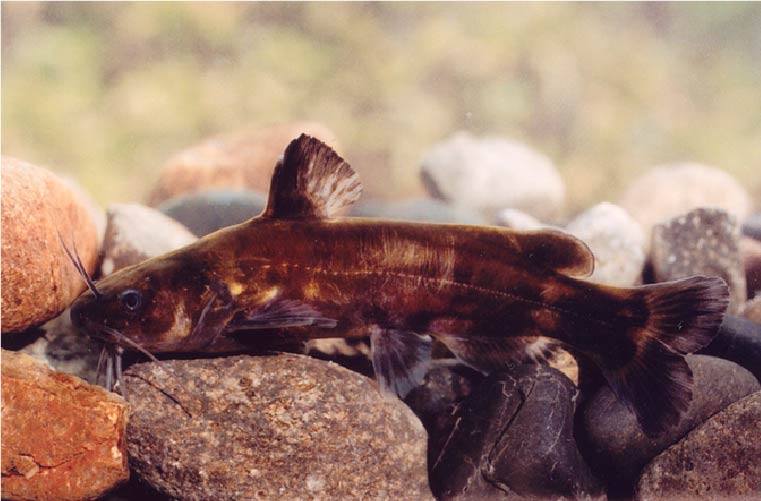
Catfish
-
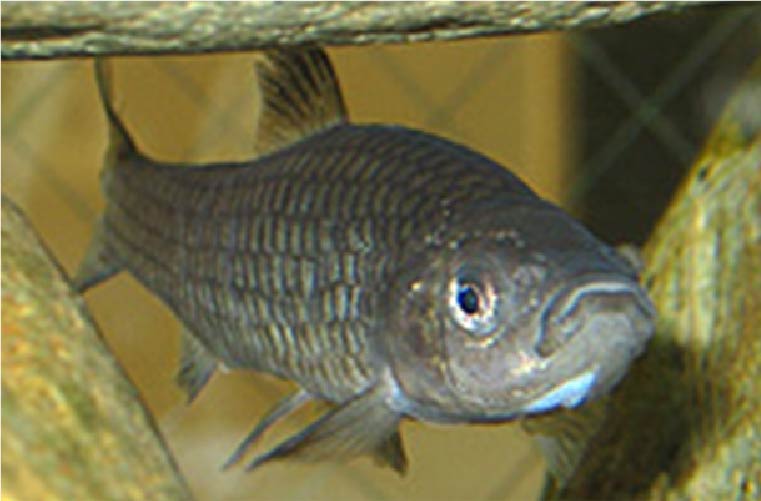
Pseudorasbora pugnax
Creatures in the Nagara River
From the headwaters to the mouth of the Nagara River, including the surrounding tributaries and paddy fields, approximately 100 species of fish and a wide variety of insects, birds and animals inhabit maintaining biodiversity.
【Upstream】
The source area of the Nagara River is in the mountains surrounded by snowy forests in winter. In the stream that flows between the large rocks, fish called mountain stream fish such as white-spotted char and satsukimasu salmon live. A mountain stream fish that grows large by eating insects and earthworms is one of the blessings brought by the rich forest.
【Midstream】
In the middle basin, fields spread covered by the Nagara River. The river streams with fast flowing waters giving rise to continuous rapids and trenches along the river channel, providing a variety of landscapes. A variety of creatures such as ayu, Japanese dace and salamanders, designated as a special natural treasure, can be seen in the river, and creatures familiar to human life, such as freshwater bivalves and genuine bitterling increase in number around the paddy fields.
【Downstream】
Further down the river, even in the downstream area where the stones of the riverbank are smaller and the river flow becomes larger and thicker, it maintains a clean stream while flowing through urban areas. As Ise Bay approaches, you will see fish laying in the sea, such as fourspine sculpin.
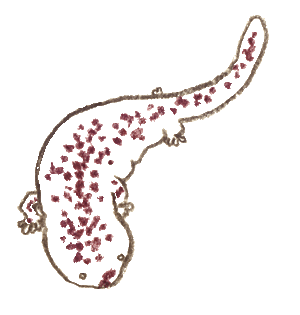
Reasons for Protecting Biodiversity
All living creatures are in the food chain of “to eat/to be eaten”, and the relationships among these creatures contribute to maintaining a complex ecological balance, which creates a natural environment.
Today, however, there are concerns about the invasion of alien species that threatens the survival of native species and causes diseases. In addition, due to the development of the basin accompanied by urbanization, there is a possibility that the environment will deteriorate and that the habitats for the living creatures will be taken away.
Their lives are affected not only by changes in the river, but also by changes in the land.
Many different creatures can coexist with each other, which establishes a diverse environment.
Under such circumstances, unique traditional cultures and lifestyle habits were nurtured from long-standing activities between nature and people, resulting in the enrichment of our lives.
In other words, keeping biodiversity safe means to protect our society and lives, and leads to pass on to the next generation. It is necessary to continue to protect the environment without forgetting the fact that many creatures live in the Nagara River that has been connecting nature and people.
